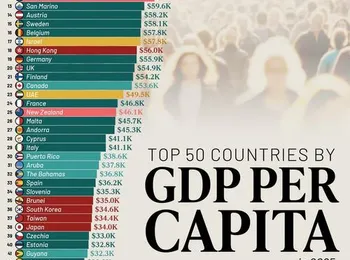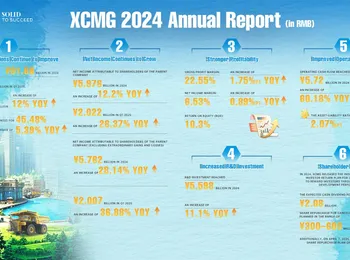Global research and consultancy group Wood Mackenzie forecasts a dramatic surge in the Carbon Capture, Utilisation and Storage (CCUS) market, predicting a 28-fold increase by 2050 to 2,061 million tonnes per annum, translating into trillions of dollars in value. According to WoodMac, countries globally, spearheaded by the U.S., Canada, and Europe, have committed $80 billion to CCUS so far, with currently operational 50 CCUS projects capable of storing 51 million tonnes of CO2 annually. WoodMac anticipates a narrowing gap between capture and storage capacity, decreasing from nearly 50% in 2030 to 20% in 2050. However, the analysts express cautious optimism regarding near-term CCUS growth, revising their 10-year forecast down by 22% due to policy uncertainty in the U.S. coupled with slow policy evolution in Asia. Furthermore, WoodMac predicts that most countries setting carbon capture targets will only achieve 50-70% of their goals by 2050.
Alarmingly, WoodMac estimates that point-source capture will only abate 4% of total emissions by 2050, short of the 6% required to restrict global warming to 2.5C by 2050. Despite these reservations, the explosive growth presents fresh opportunities for oil and gas companies. Previously, Trump’s ‘Big, Beautiful Bill’ would have hampered the nascent hydrogen sector bill, yet it still provides tax credits for carbon capture and sequestration under Section 45Q. "We expect our investment into the Donaldsonsville CCS project will increase our free cash flow in the range of $100 million per year due to the United States’ 45Q tax credit for permanently sequestering CO2," (NYSE:CF) stated in its report.
Big Oil has invested billions in CCUS projects, including ExxonMobil’s (NYSE:XOM) targeting power-hungry U.S. data centers. Exxon recently unveiled a groundbreaking plan wherein the company will provide low-carbon power to the U.S. data centers powering the AI boom. Exxon’s proposal outlines a first-of-its-kind facility that will use natural gas to produce electricity while capturing more than 90% of the CO2 emissions. The captured emissions will then be stored deep underground. ExxonMobil’s Low Carbon business has the potential to outperform its legacy oil and gas business within a decade, according to CEO Darren Woods. Meanwhile, last month, Shell (NYSE:SHEL), Equinor (NYSE:EQNR), and TotalEnergies (NYSE:TTE) expanded their investments with $714 million in total investments. The decision comes after a deal with Swedish energy company, Stockholm Exergi, which has pledged to send up to 900,000 tonnes of CO? each year over a 15-year span. Northern Lights is now capable of storing at least 5 million tonnes of CO? per year, more than triple the original target of 1.5 million tonnes.
Canada’s CCUS outlook is, however, less rosy. According to the experts, Canada’s proposed $16.5B CCUS project by the Pathways Alliance hangs in the balance after the resignation of former Prime Minister Justin Trudeau. The giant project would capture harmful carbon dioxide emissions from the Canadian oilsands, the country’s heaviest-emitting sector. "I can’t imagine a huge project like that could really move forward in a time like right now," Michael Bernstein, executive director of the non-profit group Clean Prosperity, told Bloomberg. "When you’re looking at a project that has at least a 15-year time horizon, you want as much certainty as possible. And there’s just more uncertainty than I can remember in my whole time doing this work right now," he added. A lack of pipelines and heavy emissions has been weighing heavily on the Canadian heavy crude sector for years, with several companies exiting the country after to invest in ‘cleaner’ projects. According to research firm Rystad Energy, oil sands production in Alberta generates ~160 pounds of carbon per barrel of crude pumped."
























